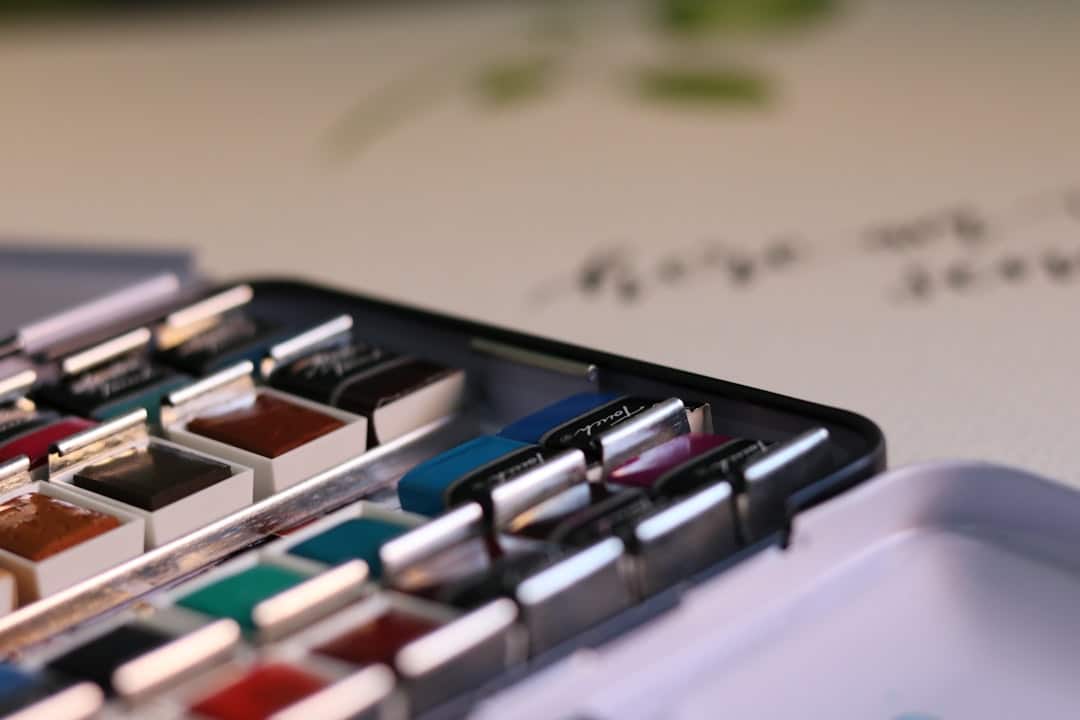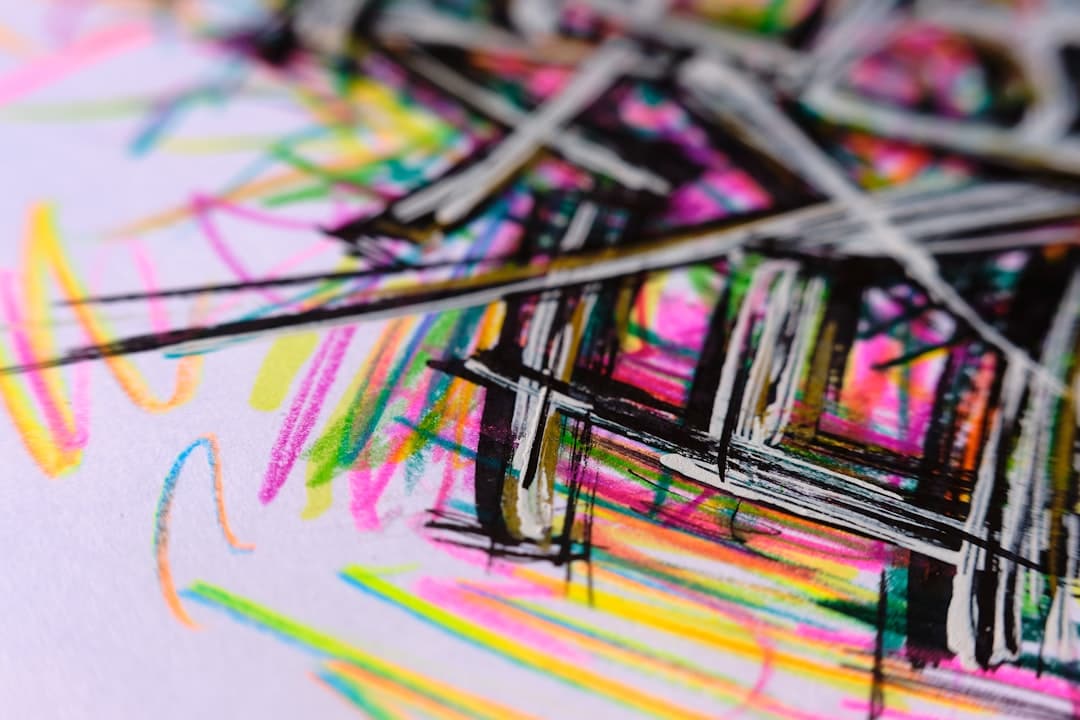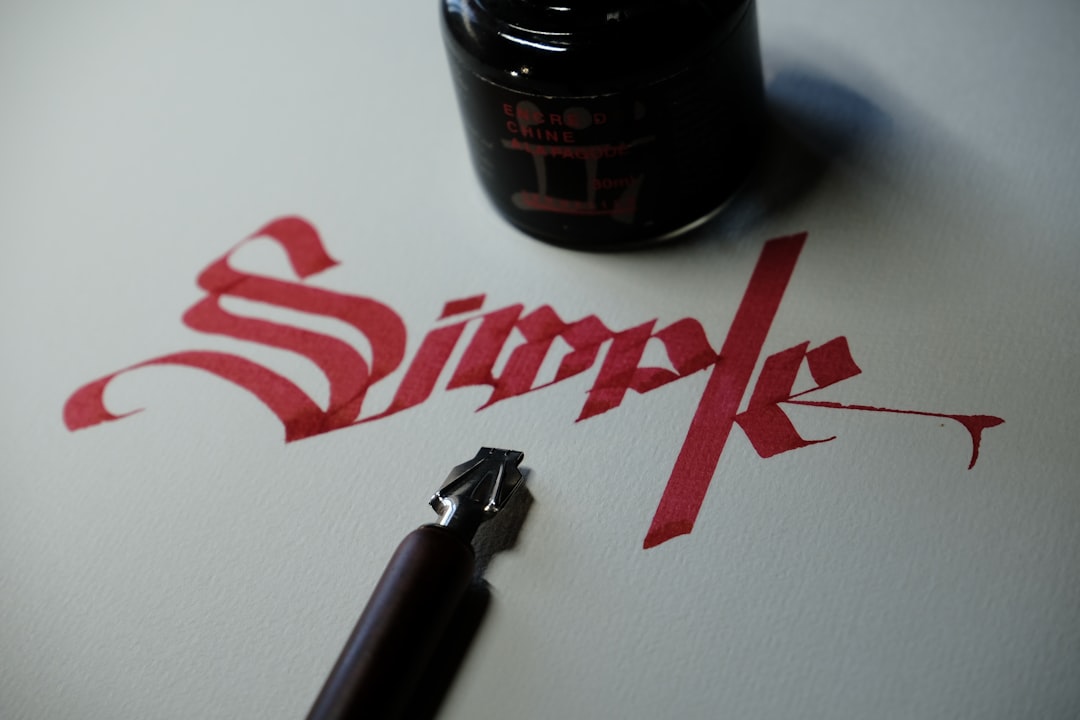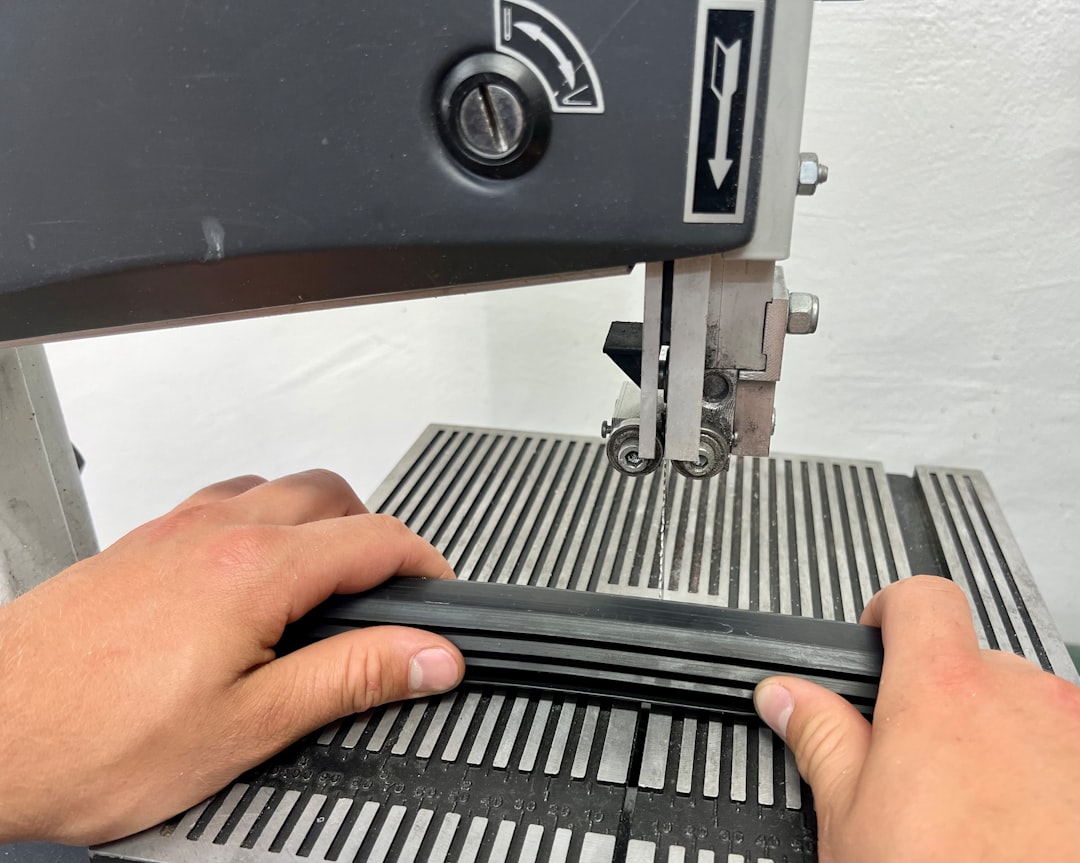
How to Turn a Traced Bitmap Into an Ink/Stitch Design
Creating embroidery designs from digital artwork is a rewarding process that combines creativity and technical skills. One of the most efficient ways to convert an image into a stitch-ready embroidery design is by using Ink/Stitch, a free, open-source Inkscape extension tailored for machine embroidery. When a bitmap image is used as the source artwork, the first step is to trace it into vector paths, after which the design can be optimized for stitching. This article guides users through the detailed process of transforming a traced bitmap into a refined Ink/Stitch design.
Understanding the Workflow
The process from bitmap image to stitch file includes the following main stages:
- Importing and tracing the bitmap image
- Refining the vector shapes
- Converting objects to Ink/Stitch elements
- Assigning stitch types and parameters
- Simulating, previewing, and exporting the stitch file
This workflow ensures that the final embroidery design is precise, clean, and suitable for machine embroidery.
Step 1: Import and Trace the Bitmap Image
Begin by launching Inkscape and opening the bitmap image. Bitmap images (e.g., in JPG, PNG, BMP formats) must be turned into vectors before they can be used in Ink/Stitch.
- Go to File > Import and select the bitmap file.
- After the image is added to the canvas, select it and go to Path > Trace Bitmap.
The Trace Bitmap dialog provides options such as Edge Detection, Color Quantization, and Grayscale. Experiment with the settings to achieve the best result for your image.

Once traced, delete the original bitmap image from the canvas and retain only the vector paths.
Step 2: Refine and Clean Up the Vector
Not all traced images are ready for embroidery right away. The vector paths might have extra nodes, irregular curves, or overlapping shapes that complicate stitching.
Use the following techniques to refine your design:
- Simplify paths using Path > Simplify to reduce node count.
- Edit nodes manually with the Node tool to eliminate small jagged curves.
- Combine or break apart paths as needed using Path > Combine or Path > Break Apart.
- Use boolean operations such as Union, Difference, and Exclusion to merge or remove shapes.
This cleanup phase ensures more efficient stitches and reduces machine errors during embroidery.
Step 3: Convert Vectors Into Ink/Stitch Objects
Now that the image has been traced and cleaned, it’s time to apply embroidery properties using Ink/Stitch:
- Select the path or object.
- Go to Extensions > Ink/Stitch > Params.
- Assign a stitching type, such as satin, fill, or stroke.
Each path can be customized with different stitch types to achieve desired embroidery effects. For instance, outlines may use running or satin stitches, while filled areas are perfect for fill stitching.
It’s advisable to separate design elements into layers or groups, each having their assigned stitch type. This modular approach helps organize the stitch sequence more effectively.

Step 4: Adjust Stitch Parameters
The flexibility of Ink/Stitch lies in its ability to control specific stitch parameters. These parameters include:
- Stitch length
- Underlay settings
- Pull compensation
- Direction and angle of sewing
- Pattern type and density
To access and modify these parameters:
- Select the desired object or group.
- Go to Extensions > Ink/Stitch > Params.
- Review and tweak the settings in the dialog box.
Use manual stitch pathing where necessary to override automatic behaviors. This is especially useful for complex designs where stitch directions matter to avoid distortion and puckering.
Step 5: Simulate and Export the Design
Before exporting, simulate the embroidery to ensure stitch order and density are appropriate.
- Go to Extensions > Ink/Stitch > Visualize > Simulate.
- Watch the simulation playback and adjust where needed.
Once satisfied, export to your embroidery machine’s file type:
- File > Save As
- Select the appropriate format (e.g., .PES, .JEF, .DST).
You may need to install additional extensions or utilities in Ink/Stitch depending on the file type specification.

Tips for Best Results
- Start with a high-quality bitmap for better tracing accuracy.
- Simplify your vector design before assigning stitch types.
- Preview constantly to avoid discoverable errors after stitching.
- Test on sample fabric before stitching on final material.
Frequently Asked Questions
- Q: What bitmap formats can I use?
- A: You can use standard formats like JPG, PNG, BMP. PNG with transparent background is often easier to work with.
- Q: Can I apply different stitch styles to different parts of the same traced image?
- A: Yes. Once you’ve traced the image, you can separate components and assign distinct stitch parameters to each.
- Q: Why does my embroidery design look jagged?
- A: It might be due to noisy bitmap edges or excessive nodes from auto tracing. Use the Path Simplify tool or manually edit nodes.
- Q: Do I need a special machine to use Ink/Stitch files?
- A: No special machine is needed, but ensure your embroidery machine supports the file type you’re exporting to.
- Q: Is it possible to add text in Ink/Stitch?
- A: Yes. Add text using Inkscape’s text tool, convert it to a path, and apply Ink/Stitch stitch types and parameters.
Conclusion
Turning a traced bitmap into an Ink/Stitch embroidery design is a straightforward and highly creative process. By learning to convert and refine vector paths, apply stitch properties, and simulate outcomes, users can take a simple digital image and turn it into a professional-grade embroidery project. With practice, what begins as a static bitmap can become a fluid, dynamic stitch file—perfectly tailored for any creative embroidery vision.